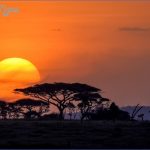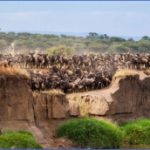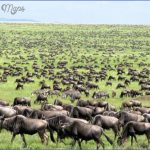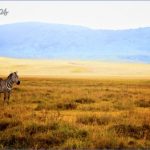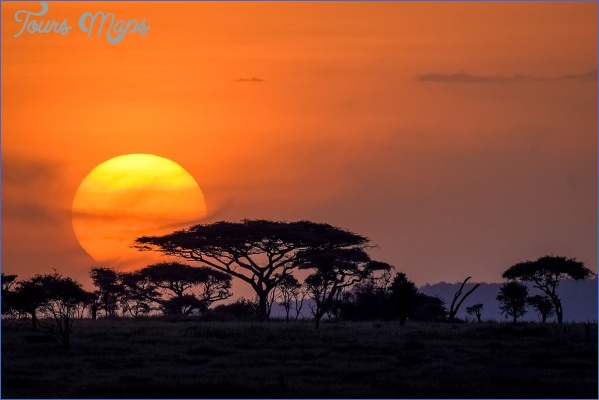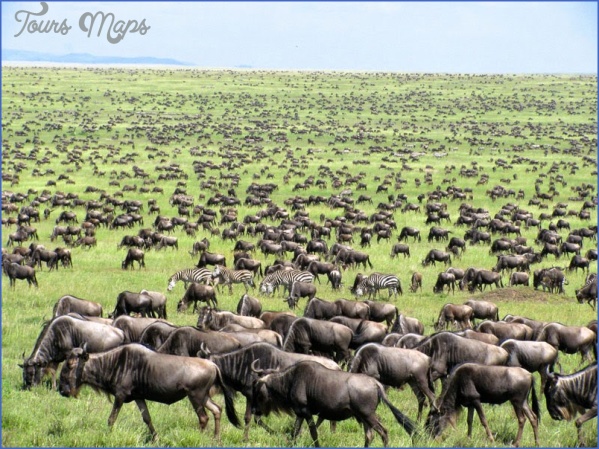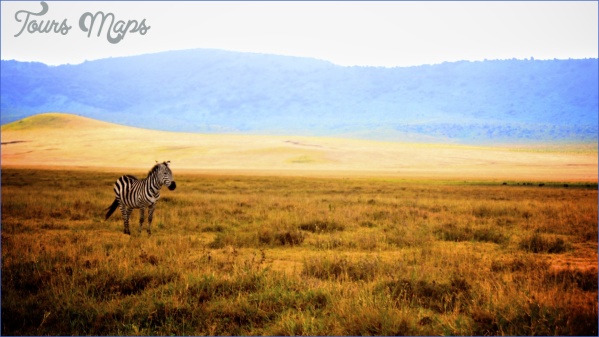The Serengeti is a vast and bountiful region of Africa that spreads over 30,000 square kilometres. It’s located in the north west of Tanzania which extends all the way down to west Kenya.
The Serengeti is famous for its annual migration each year, bringing in loads of wildlife and has a wide range of different environmental habitats.
The name itself derives from the Masai people, with Serengeti meaning endless plains.
The Serengeti Photo Gallery
The annual migration takes place around October each year and it is the largest and longest migrations in the world making it one of the 10 natural travel wonders in the world.
The 2 million or so herbivores leave the north and head for the southern plains to chase the rains before returning north around April each year. These brave creatures are risking everything and face issues such as thirst, hunger and of course the predators.
Along your trip of this amazing and endless plain you will see herds of zebra, wildebeest, buffalo, gazelles and the other species of predators, including most of the big five. The migration is a beautiful event to witness and will be a memory you will never forget.
Getting there
To get to the Serengeti you will need to fly into Arusha Airport (ARK) which is the gateway to the majority of safari tours in Tanzania. You will need a connecting flight if you are flying internationally and you can do this through most the major southern African cities.
Alternatively you could also fly into Kilimanjaro International and combine your Serengeti safari with a summit climb up Mt Kilimanjaro.
Check with tour operators for combined safari packages and they will also work out all your flights or they may have a tour bus/coach which drives from one another savings you costs, as some flights may be quite expensive during the busier seasons.
When to go
When visiting the Serengeti you will want to coincide your trip with the annual migration. The exact timing of the migration passing through the Serengeti can vary as the animals migrate with the rains so do always check local reports for the year you are travelling. Generally though, the large herds pass through between December and September each year on their way to the Masai Mara.
Maybe You Like Them Too
- Explore Daund, India with this Detailed Map
- Bakel, Netherlands A Visual Tour of the Town
- Explore Apapa, Nigeria with this Detailed Map
- Explore Angleton, Texas with this detailed map
- Explore Blavozy, France with this detailed map

